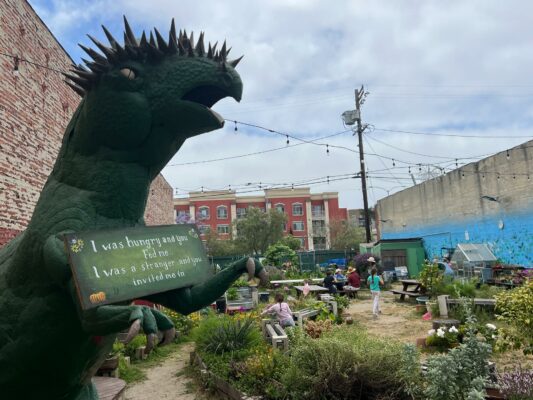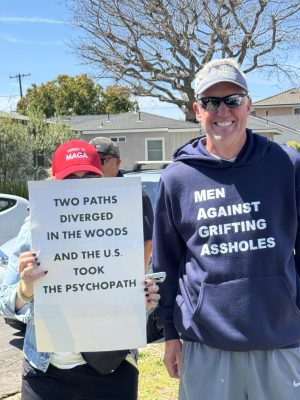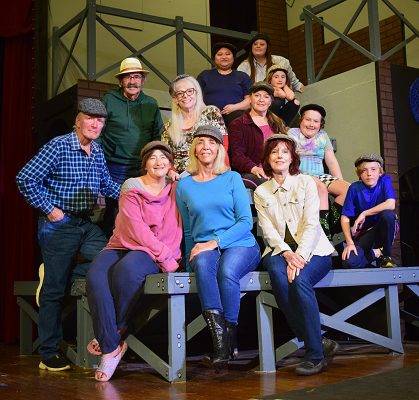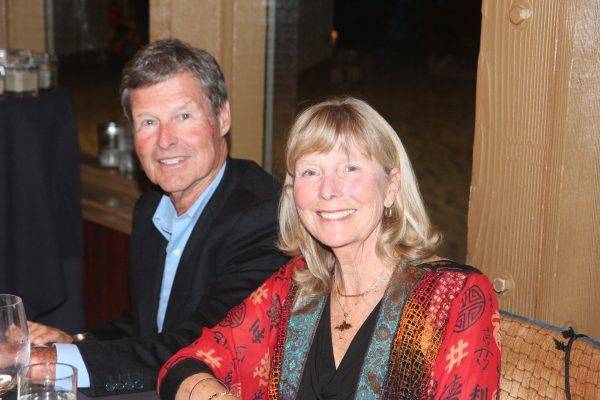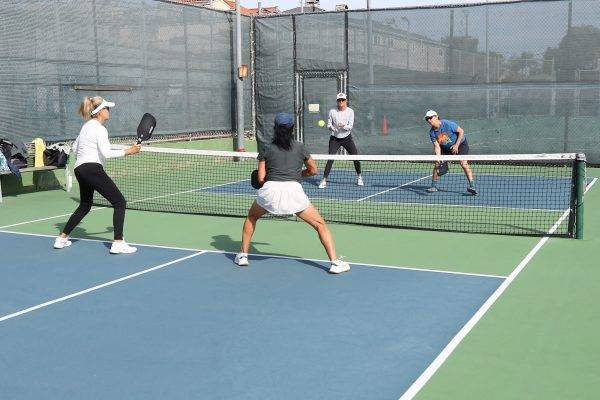Caricature is an art genre that uses satire and humor to depict people and events. Since ancient times, it has served as a tool for ridiculing and critiquing society. Despite its playful appearance, caricature possesses deep roots and a rich history.
Functions of Caricature
- Satire and Humor
Caricature often employs satire to describe people and events. Artists like Gillray and Hogarth used their works to criticize social vices, allowing viewers to reflect on contemporary issues through a humorous lens.
- Social and Political Criticism
Cartooning serves as a powerful medium for expressing social and political views. For instance, Thomas Nast’s 19th-century cartoons addressing corruption in the United States significantly influenced public opinion and spurred political reform.
- Psychological Insight
Caricature can offer a deep insight into a person’s character and personality. Günter Grass, for example, revealed the inner worlds of his characters through exaggerated features and intricate details.
- Aesthetic Pleasure
Beyond satire and criticism, caricature is also a form of art. Skillfully crafted caricatures can be true masterpieces, appreciated for their expressiveness and beauty.
Types of Caricature
- Grotesque
A grotesque caricature exaggerates a person’s distinctive features for comedic or dramatic effect. Notable cartoonists like Albert Hirschfeld created works that both entertained and amazed with their precision.
- Political Caricature
Political caricature addresses themes of politics and social issues. Artists such as David Lowe used their work to satirize regimes like Nazi Germany and Communist Russia, significantly influencing public opinion.
- Comic
Comics are sequences of cartoon images that narrate a story. Originating in the early 20th century, comics have evolved into a vast industry encompassing various genres, from superhero tales to satirical narratives.
- Web Comic
Webcomics are contemporary cartoons published online. Their accessibility and interactivity attract a broad audience, making them a popular modern medium.
Disclosure of potential conflicts of interest: interview with a caricature artist
We speak with Juan Garcia, a Photolamus caricature artist with over 10 years of experience, to understand how he navigates conflicts of interest in his work.
Question: Juan, have you ever encountered conflicts of interest in your work?
Juan: Of course. Conflicts of interest are inevitable in our profession. Caricatures often address sensitive social and political issues that may not appeal to certain groups or individuals. For example, when I create a political caricature, there’s always a risk that the depicted character or their supporters will be unhappy.
Question: How do you handle such situations?
Juan: First, I strive to remain objective and stay within ethical boundaries. It’s crucial to ensure that the caricature pokes fun at an issue without humiliating the person. I also discuss potentially controversial topics with editors or colleagues to gain an independent perspective and avoid unnecessary conflicts.
Question:Have there been times when you refused a job due to a conflict of interest?
Juan:Yes, I have declined several assignments. If I feel that a topic is too personal or could have serious consequences for someone, I prefer not to take the risk. My goal is to create art, not to provoke conflict.
Question:How does social media affect conflicts of interest in caricature making?
Juan:Social media is a double-edged sword. On one hand, it allows for the rapid distribution of work and immediate feedback. On the other hand, any image can be widely criticized, increasing the risk of conflict.
Question:What advice can you give to aspiring cartoonists for avoiding conflicts of interest?
Juan:First, thoroughly research the topic you’re working on to understand its context and potential implications. Secondly, always act ethically and respect your characters, even when criticizing them. Lastly, don’t hesitate to seek advice from more experienced colleagues or editors.
Question: How do you see the future of cartooning in the context of conflicts of interest?
Juan:I believe cartooning will continue to evolve, but conflicts of interest will remain a part of the process. The key is to stay true to your principles and remember that a cartoon should serve society, not harm it. New technologies and platforms offer many opportunities for cartoonists, but they also require greater responsibility and caution.
Juan’s Quick Guide for Beginners: creating a caricature
Stages of creating a caricature
- Choosing an idea and character: Select a subject and theme for your caricature.
- Collect information: Gather details about the character and event you plan to depict.
- Creating a sketch: Start with a rough sketch to outline your ideas.
- Detailing and final processing: Refine the sketch, add details, and finalize the artwork.
Tools and materials
Cartoonists utilize various tools, including pencils, markers, and digital tablets. Each artist selects techniques and materials that best match their style and preferences.
Drawing techniques
Caricature artists employ a range of methods, from traditional paper drawing to digital art. Discovering your unique technique is crucial for effectively expressing your ideas.
Caricature in the modern world
Social media influence
Social media has revolutionized how cartoons are created and shared. Artists can now instantly reach millions of people, with popular caricature accounts on Instagram and Twitter garnering significant attention and setting new trends.
New forms of caricature art
Advancements in technology enable the creation of interactive and animated caricatures, opening new possibilities for both artists and audiences.
The future of caricature
Caricature will continue to evolve, adapting to new media and technologies. Caricature artists must find innovative ways to express themselves and engage with audiences.
Famous caricature artists
The history of caricature includes many great masters like Gillray, Hogarth, Nast, and Lowe, each contributing significantly to the art form. Their works remain relevant and continue to inspire new generations of artists.
Conclusion
Caricature is a multifaceted art form that combines humor, criticism, aesthetics, and psychological insight. It continues to evolve, maintaining its relevance in the modern world as a vital tool for expressing ideas and emotions. However, conflicts of interest are an inherent part of a cartoonist’s work. As illustrated by our conversation with Juan Garcia, these can be navigated professionally and ethically. The future of caricature drawing depends on how artists address these complex issues, ensuring it remains a powerful medium for expression and critique.


